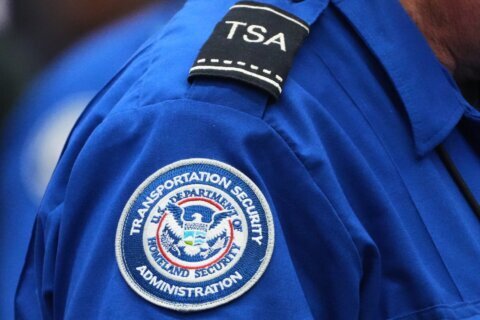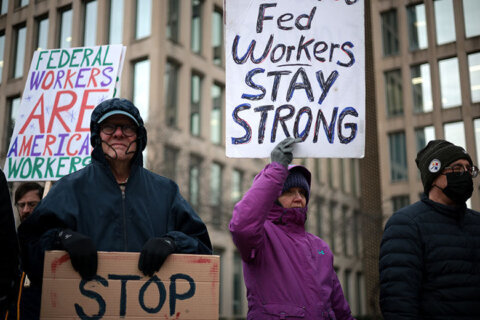On March 25, 1634, settlers from Europe arrived on an island they would name St. Clement’s in the mouth of the Potomac River, completing a journey that would lead to the establishment of the state of Maryland that’s still celebrated today.
It’s now known as Maryland Day, and each year, March 25 is a chance to spotlight the state’s history.
Maryland’s origins
Maryland’s story started when King Charles l of England granted a charter to Cecilius Calvert in 1632. The expedition, which started the following year, was led by his brother, Leonard Calvert.
The group of about 140 travelers left England in November of 1633 to settle the land east of the Potomac River and name it Maryland, after Charles’ wife, Henrietta Maria. After a four-month voyage, the settlers landed on the island and held a day of Thanksgiving to celebrate their safe journey.
“The reason that they’re coming over is because the Calverts are Catholic, and in the 1630s it’s against law to be Catholic in England. And so, they’re setting up a Catholic colony in what would become North America as a safe haven for English Catholics,” said Alex Lothstein, museum learning manager and associate curator at the Maryland Center for History and Culture.
But Lothstein said it wasn’t just Catholics among the founding group.
“There are more Protestants who come over on the ships,” he said. “A lot of them are going to be working as indentured servants who are looking to come over to the New World, work for a couple years as farmhands and then create their own wealth.”
Maryland’s missing stories
Along with the wealthy Catholics and the Protestants seeking economic prosperity, there was one man on the expedition who historians are still trying to learn more about. Lothstein said a free African American man named Mathias de Sousa was among Maryland’s founding group.
“He actually serves in the colonial Maryland legislature in 1642, and so he is one of the first Black people to serve on a legislature and probably one of the only ones to serve in Maryland’s colonial legislature that we know of.”
Lothstein said it’s stories like de Sousa’s that keep historians searching for a fuller view of Maryland’s founding. Maryland Day has been recognized as a legal holiday in the state since 1916, but lost stories of travelers and Native Americans who negotiated with the founding group to settle the first Maryland land bring new importance to highlighting Maryland Day’s story.
“The idea of celebrating this founding, celebrating the creation of the Maryland colony, has been an event for over 100 years. There’s now that push for, ‘Where are these stories that are missing,'” Lothstein said.
Maryland Day events
To give people a picture of Maryland’s story, a number of museums and landmark sites will offer free admission during the entire weekend of March 25 to 27.
The festivities will kick off with the annual celebration on the island where it all started. St. Clement’s Island Museum will offer free admission and water taxi rides on March 25 from 9 a.m. to 2 p.m. There will also be a food truck, special exhibits and a public ceremony at 2 p.m., featuring guest speakers and dignitaries from around the state.
Once the settlers arrived and feasted on St. Clement’s Island, they made their way inward to St. Mary’s City, which would become the first capital of Maryland. So, it’s only right that Historic St. Mary’s City would host its main event the following day, on March 26.
There will be a children’s book signing at 12 p.m., a ceremony featuring music and speakers, and a flag ceremony, during which children from across Maryland present their county colors. The museum will offer free admission on both March 25 and 26.
More than 40 historic sites in Annapolis and southern Anne Arundel County will offer either free or $1 admission all weekend, including the Banneker-Douglass Museum and the Chase-Lloyd House. All regional parks in the area will be free during the weekend as well.
In Baltimore, the Maryland Center for History and Culture has an exhibit called “Discover Maryland” that showcases the founding and the facts and fiction of the landing.
“Within our museum we do have some great exhibits and stories that are told,” Lothstein said.
But when it comes to Maryland Day, he said it’s the stories the state doesn’t have that can bring new life to the holiday.
“For example, the story of Mathias de Sousa or the stories of the Indigenous population, and learning more about them, so that we can kind of create that bigger narrative, that bigger picture and the more inclusive picture of Maryland Day.”








